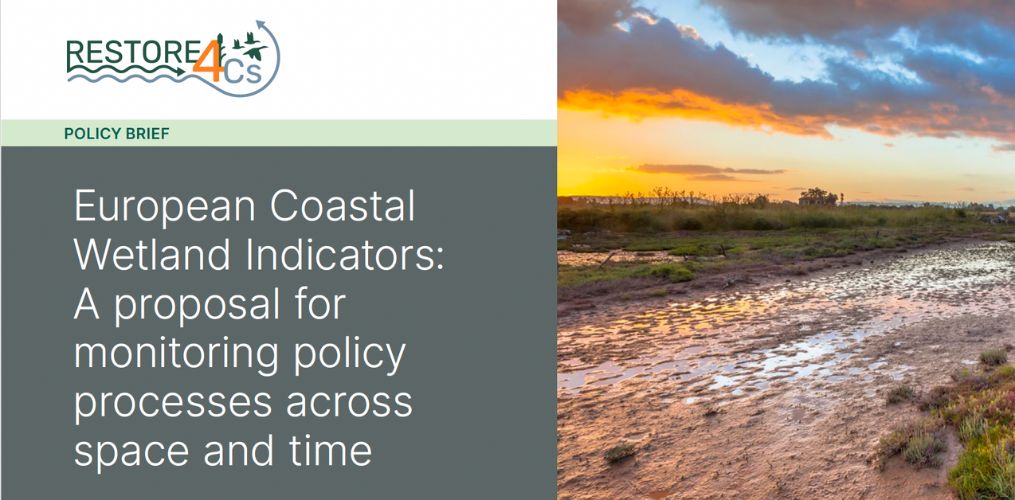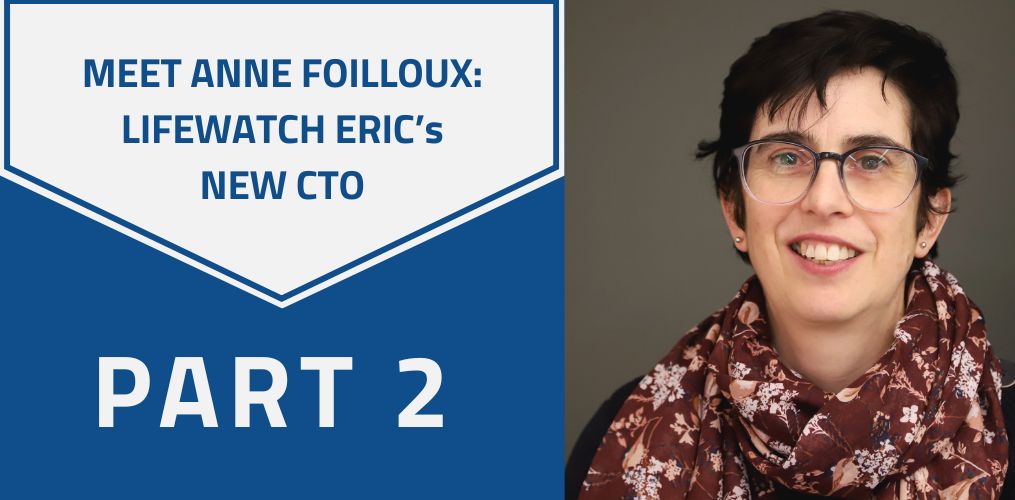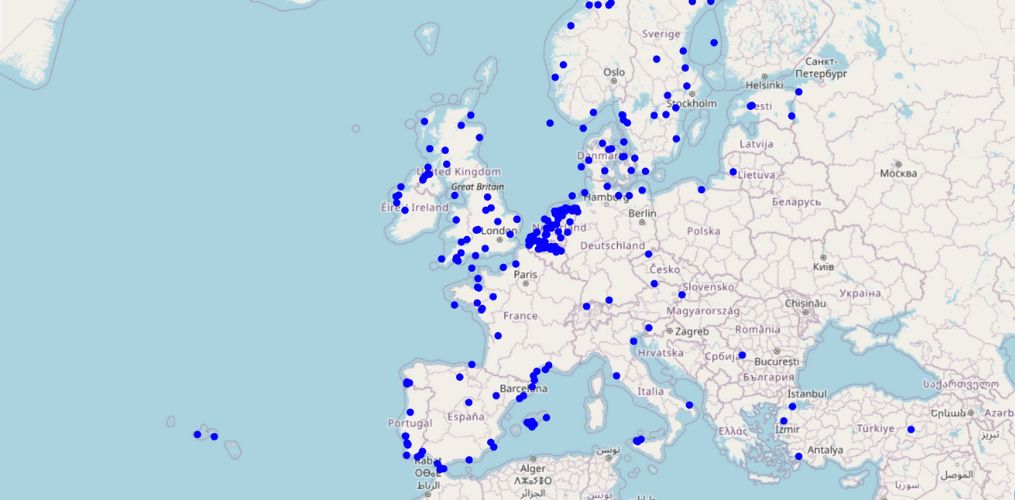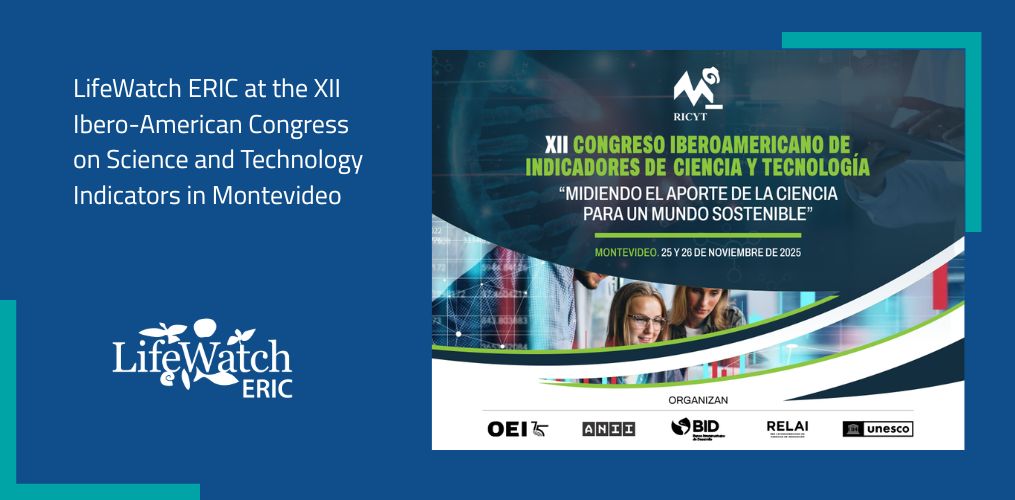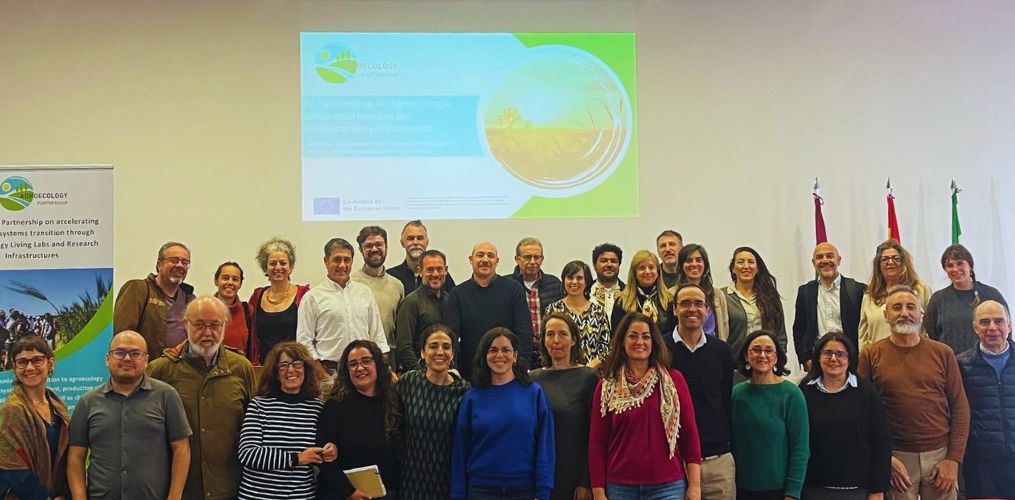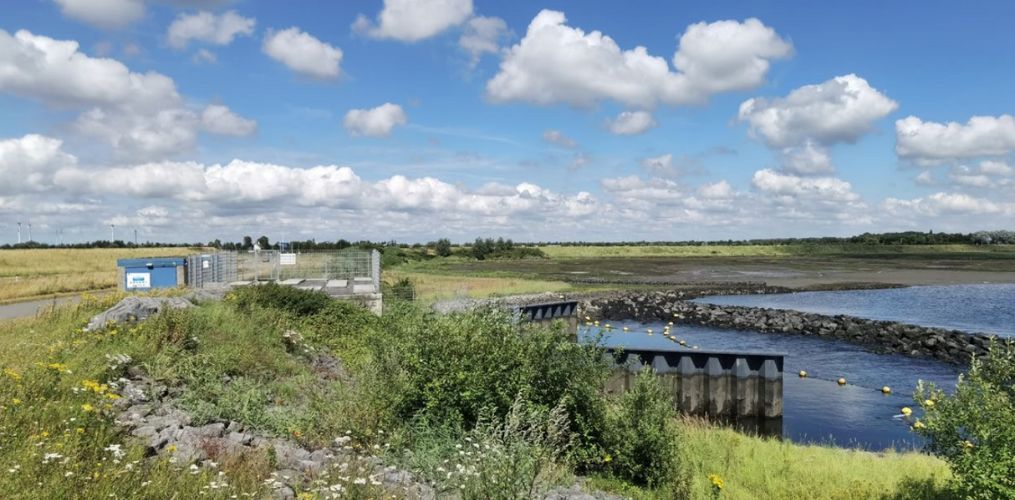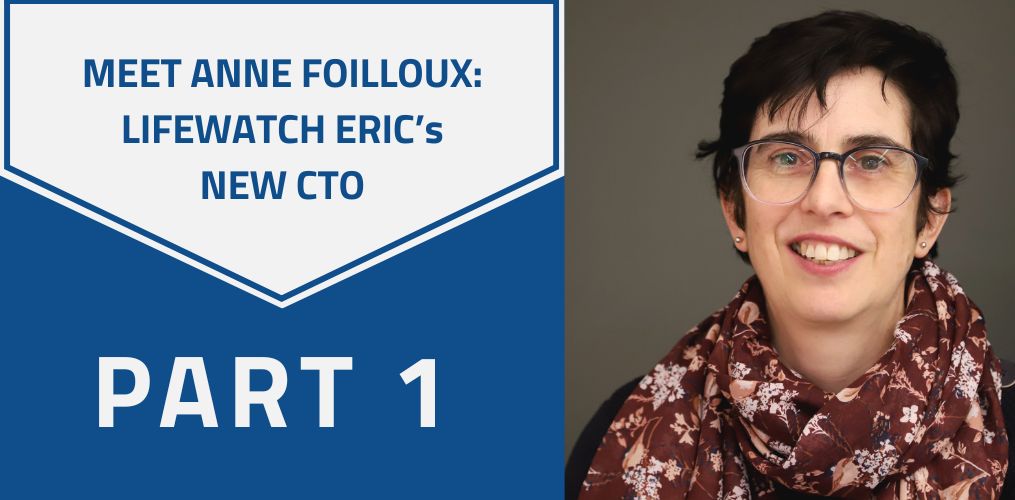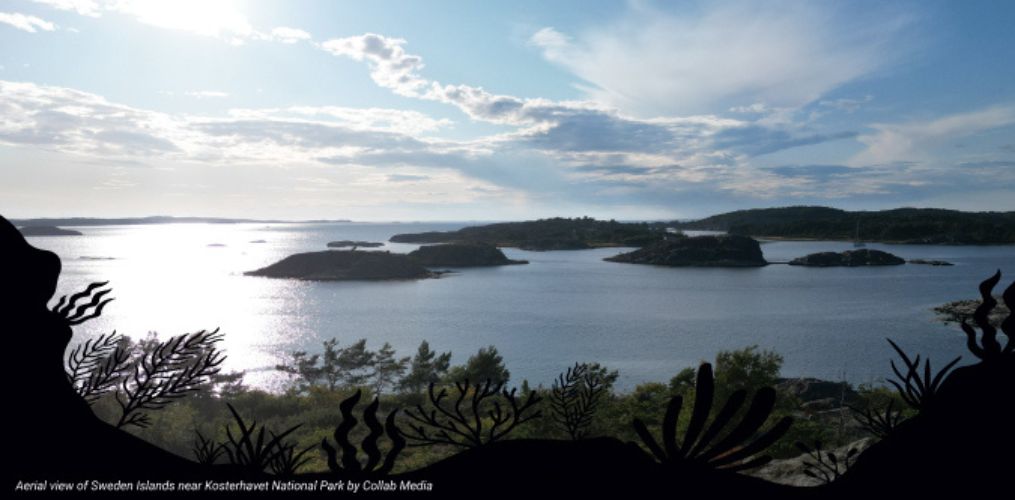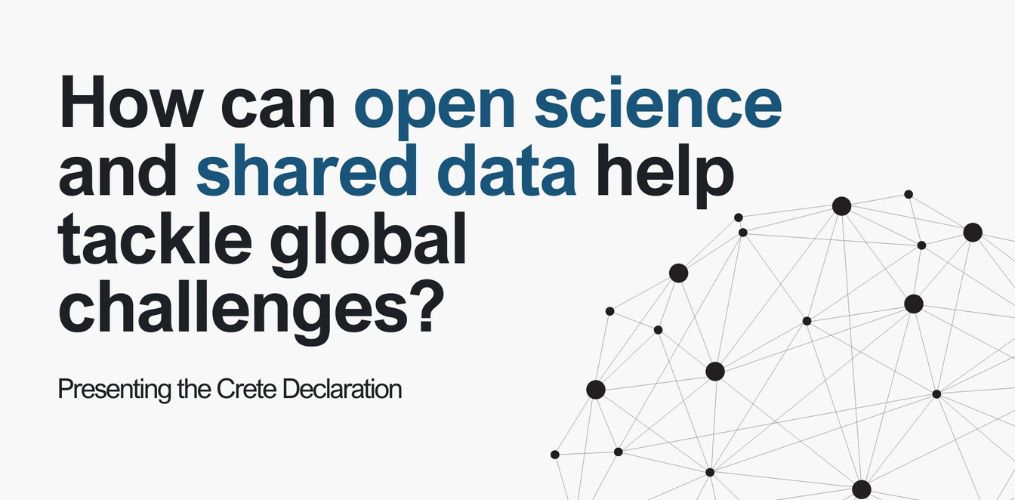The RESTORE4Cs project has published two more Policy Briefs that add to the 5 previously published by the consortium: https://www.restore4cs.eu/resources/policy-briefs/.
Policy Brief #6 “European Coastal Wetland Indicators: A proposal for monitoring policy processes across space and time”, offers a practical approach to track the status, trends, and policy performance of Europe’s coastal wetlands.
In fact, despite covering less than 0.6% of the European landscape, coastal wetlands provide important benefits to the environment, such as carbon storage, protection from storm, regulation of water flows. They also filter pollutants, and support a diversity of threatened species.
In order to protect and preserve wetlands, countries need to be able to monitor them through robust and harmonised indicators that track their extent, health, biodiversity, the progress of restorations, GHG emissions and removals, among others. The RESTORE4Cs approach integrates remote sensing, GIS, modelling, machine learning and in-situ monitoring to enable timely and high-quality assessment. You can read and download the full document: https://www.restore4cs.eu/restore4cs-6th-policy-brief
Policy Brief #7 “Social Acceptability: The Key Ingredient for Enhanced Coastal Wetland Restoration”, tackles the topic of social acceptability (the degree to which something reflects a community’s values, beliefs, and norms), and how this can “make or break” the success of wetland restoration across six European sites. Using a participatory, multi-criteria analysis, RESTORE4Cs researchers combined scientific assessments with local stakeholders’ perspectives.
They also analysed which key drivers play a bigger role in shaping acceptability: according to their findings, these are local economic interests, environmental benefits, and cultural values, while other aspects, such as trust, participation, and contextual knowledge, seem to be undervalued in decision-making.
Read and download the document here to get the key policy recommendations: https://www.restore4cs.eu/restore4cs-7th-policy-brief
